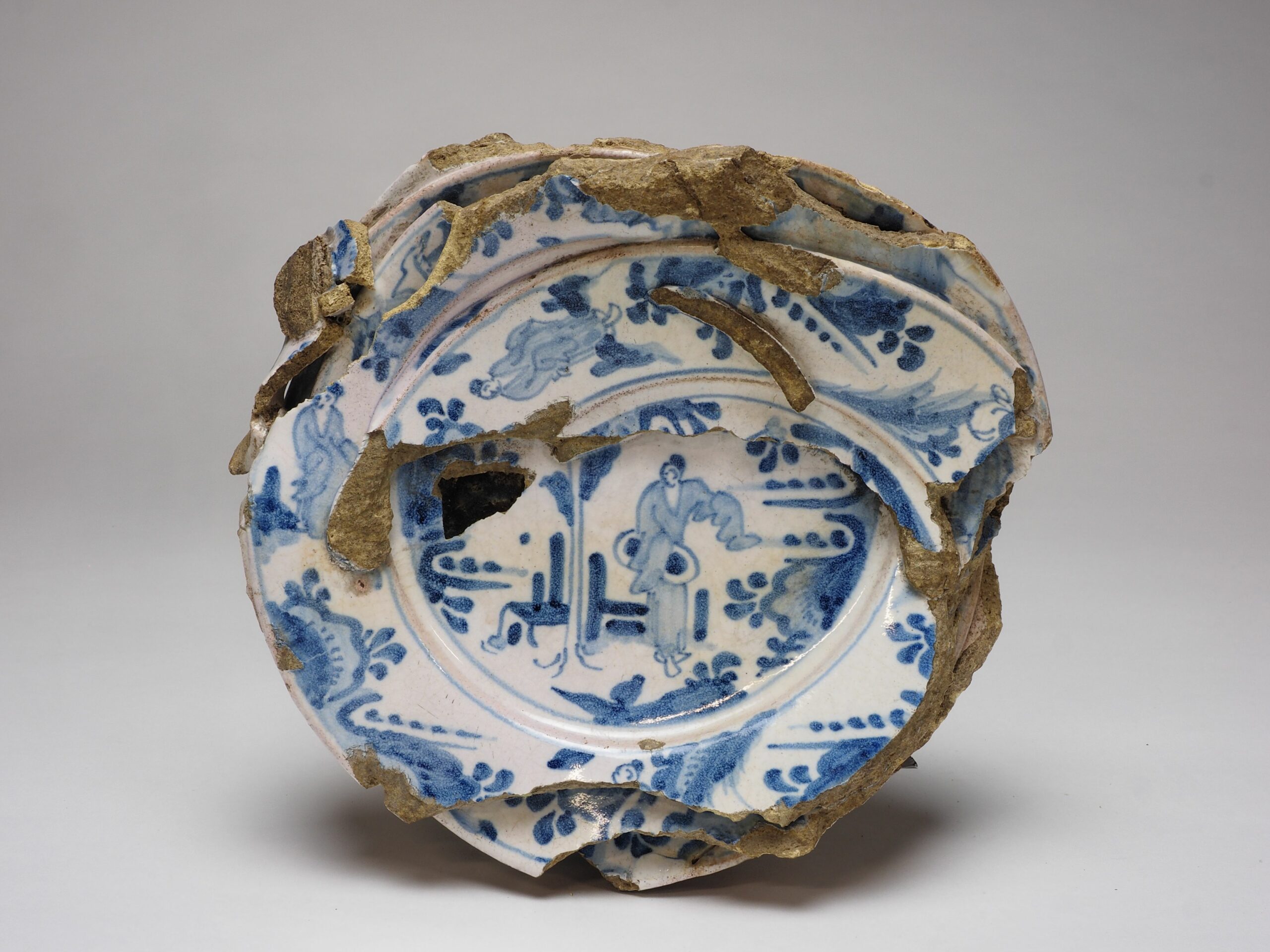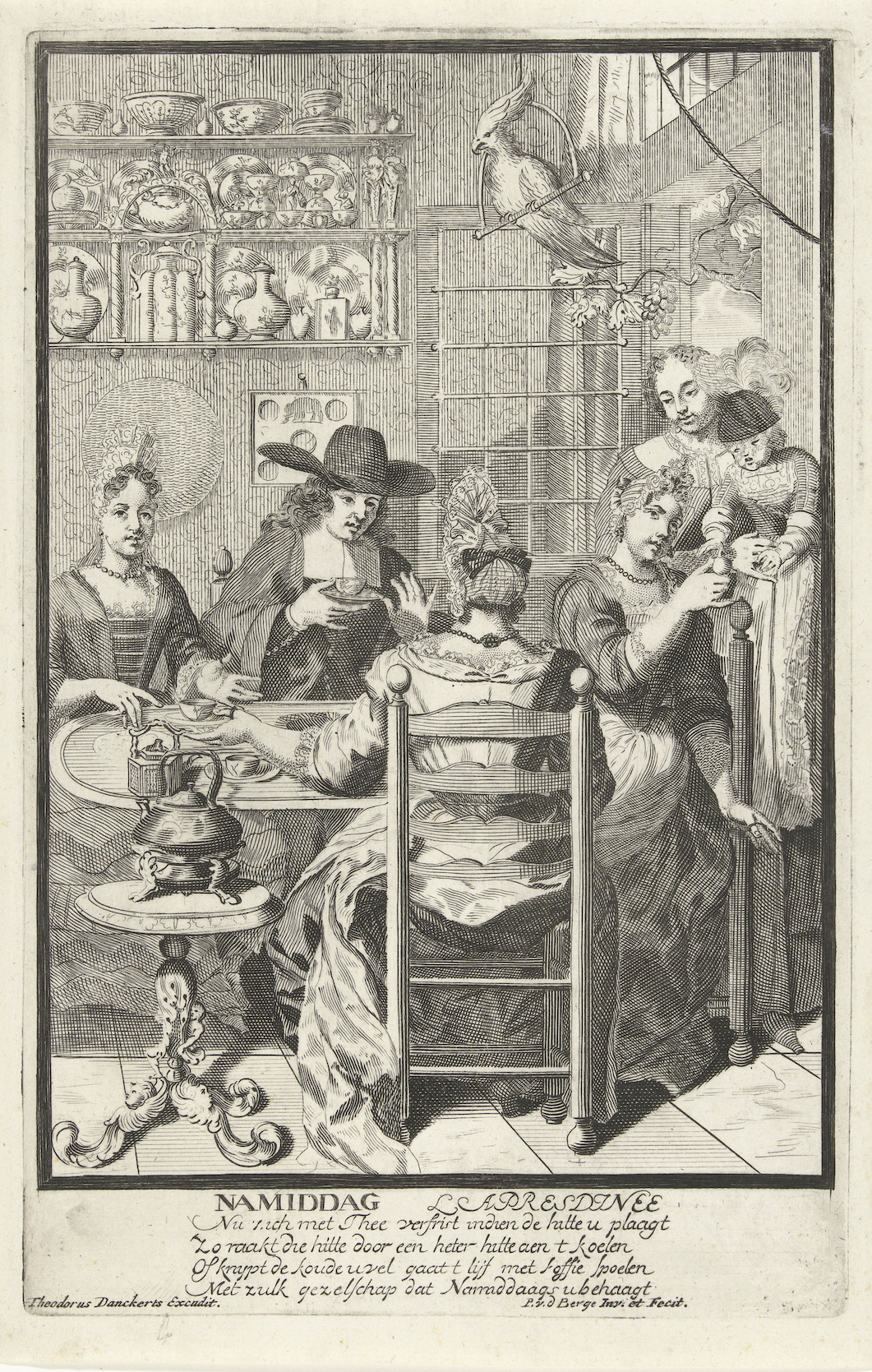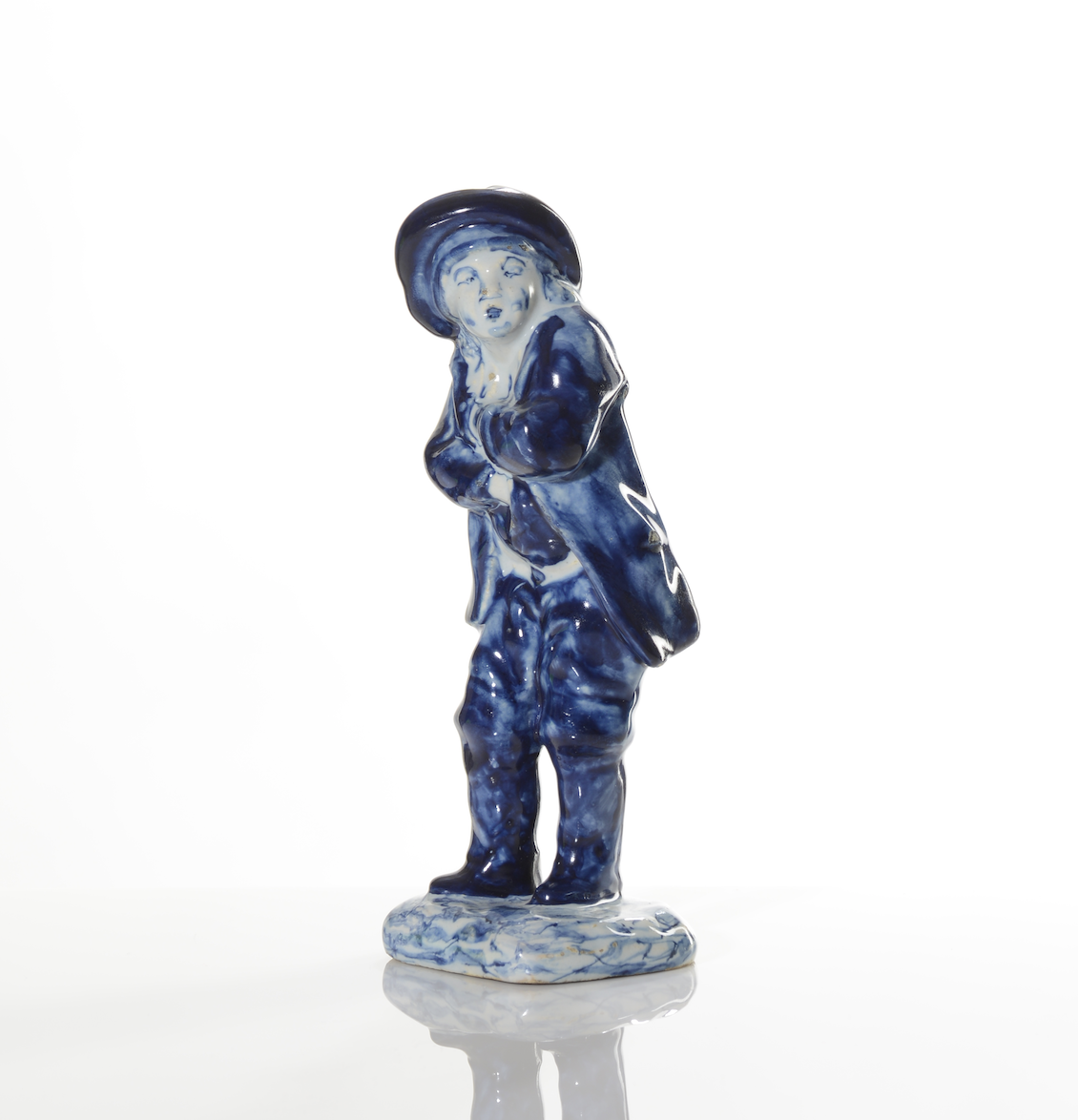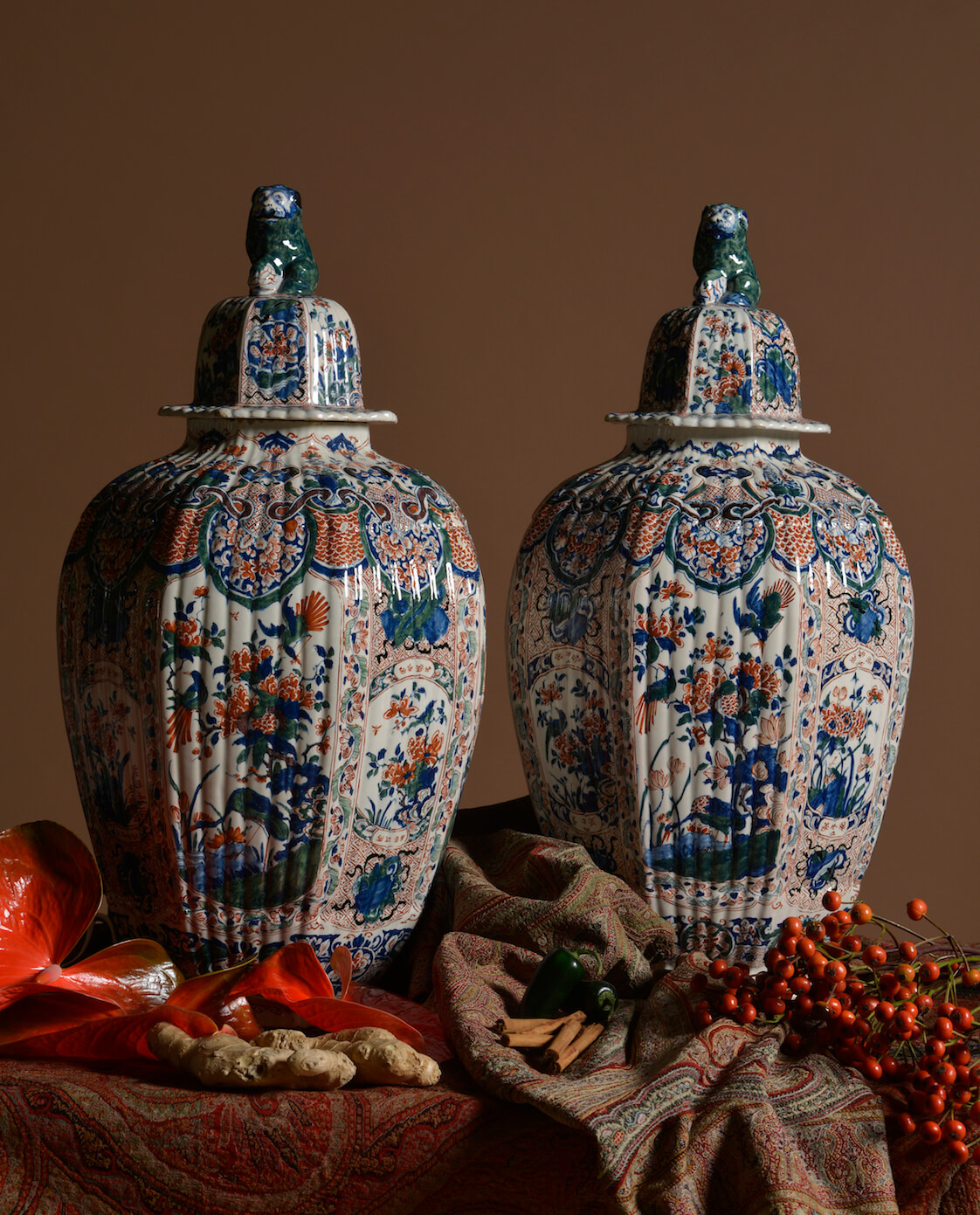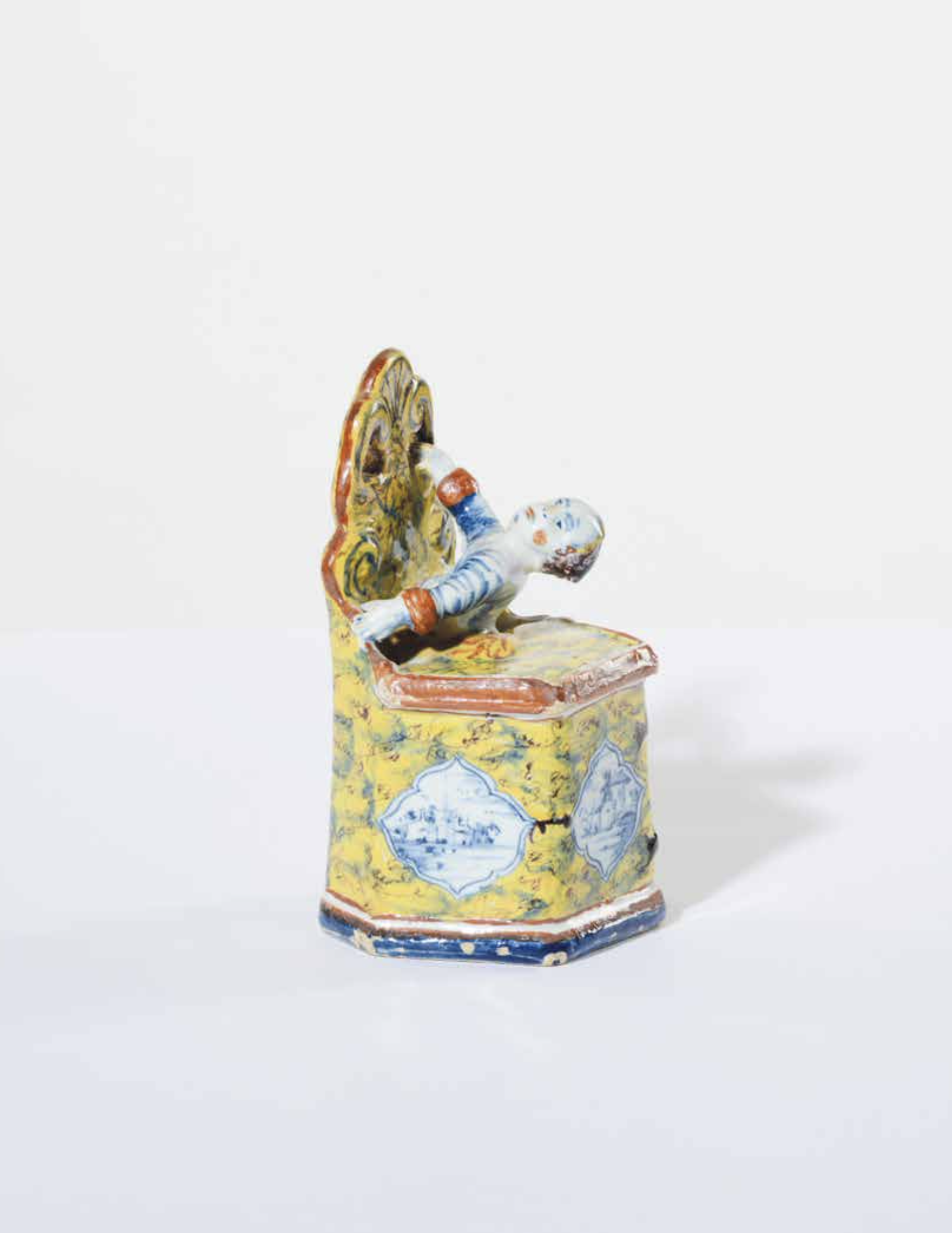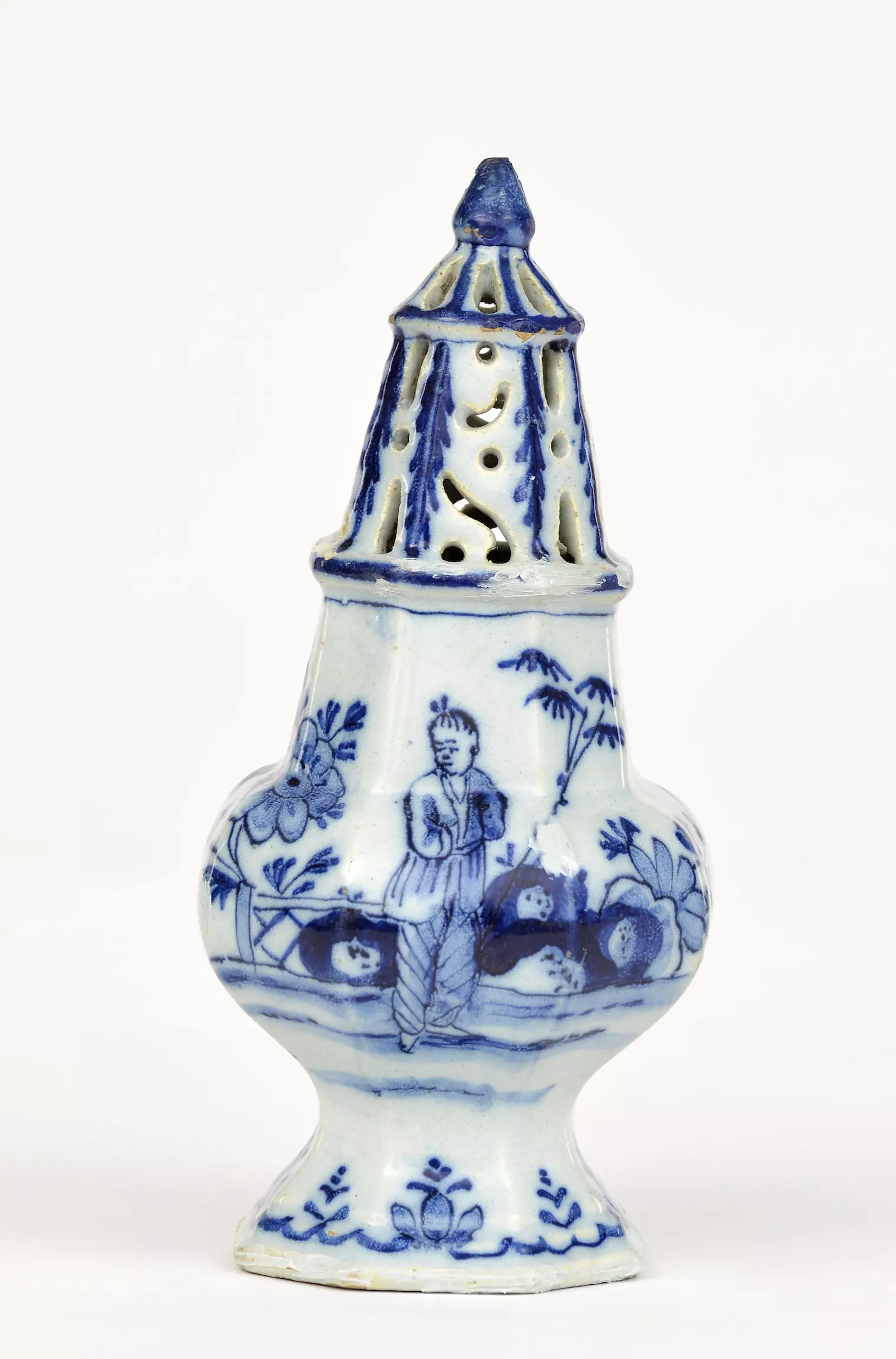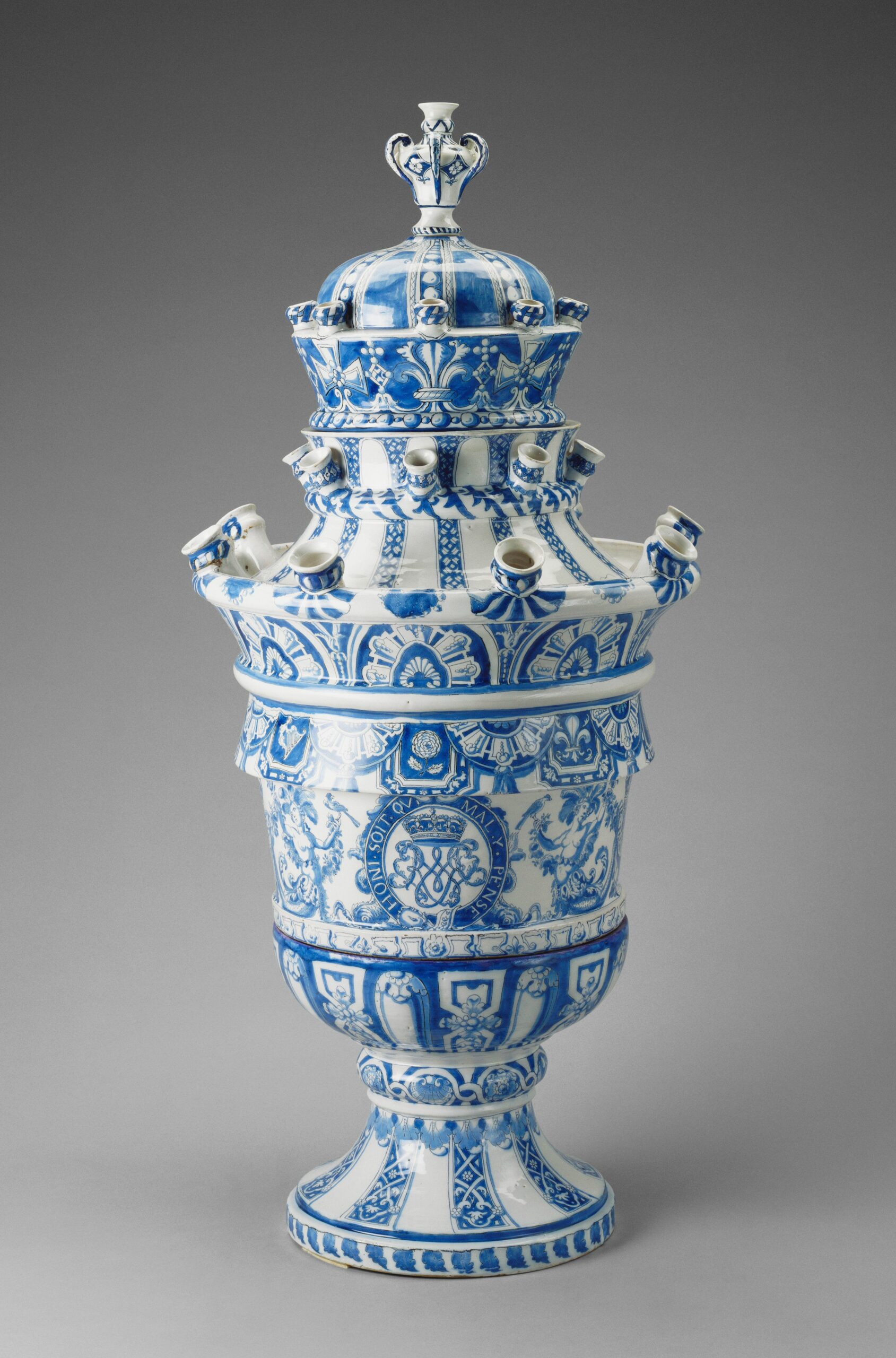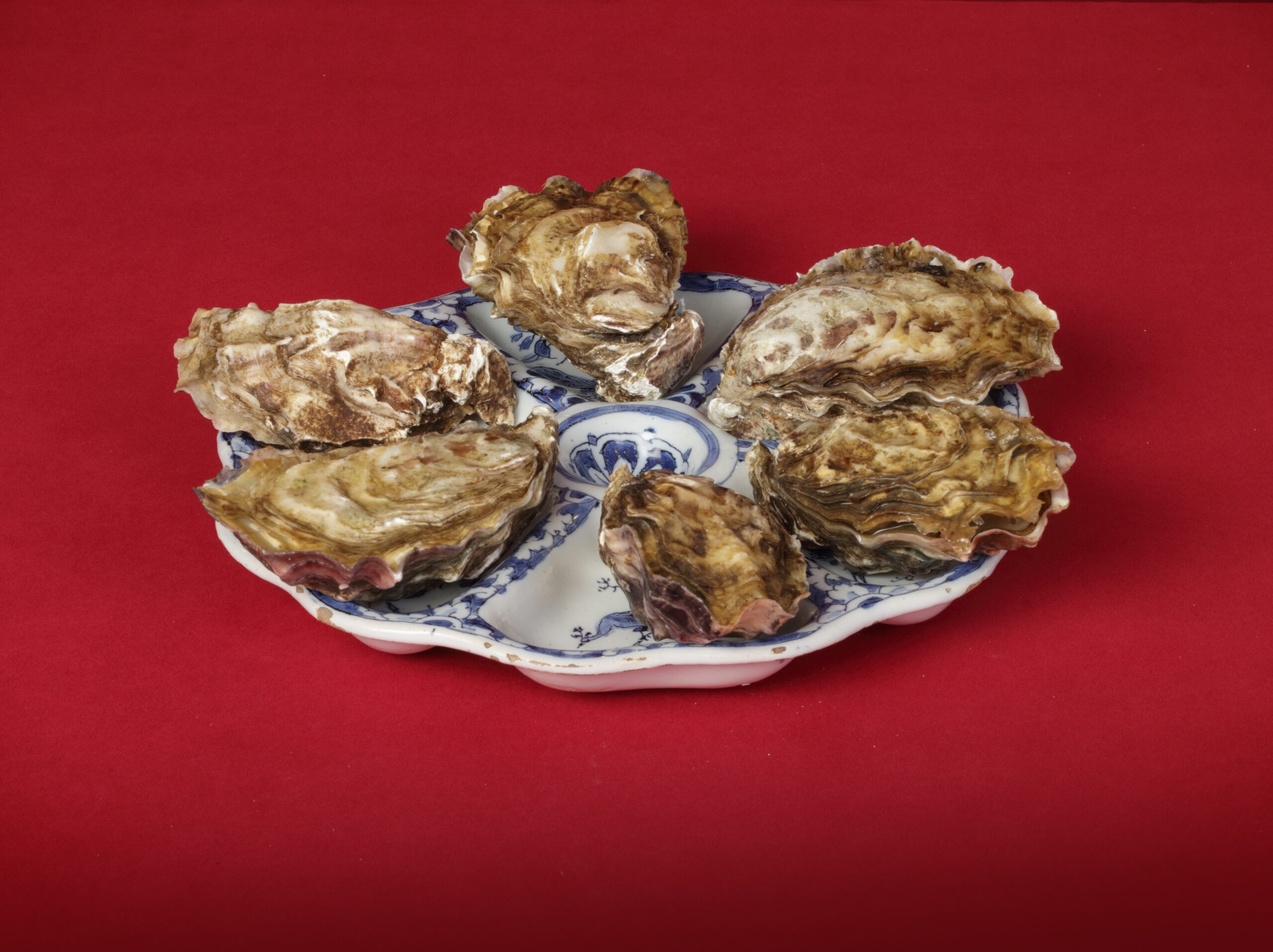Pottery rejects with a view
Besides the superb pieces of Delft earthenware on display in various museums and held by passionate private collectors, there are also items that will almost never find pride of place in a showcase or exhibition. We’re talking about broken, incomplete or failed pieces that have been discovered in the ground, for instance during archaeological excavations…

